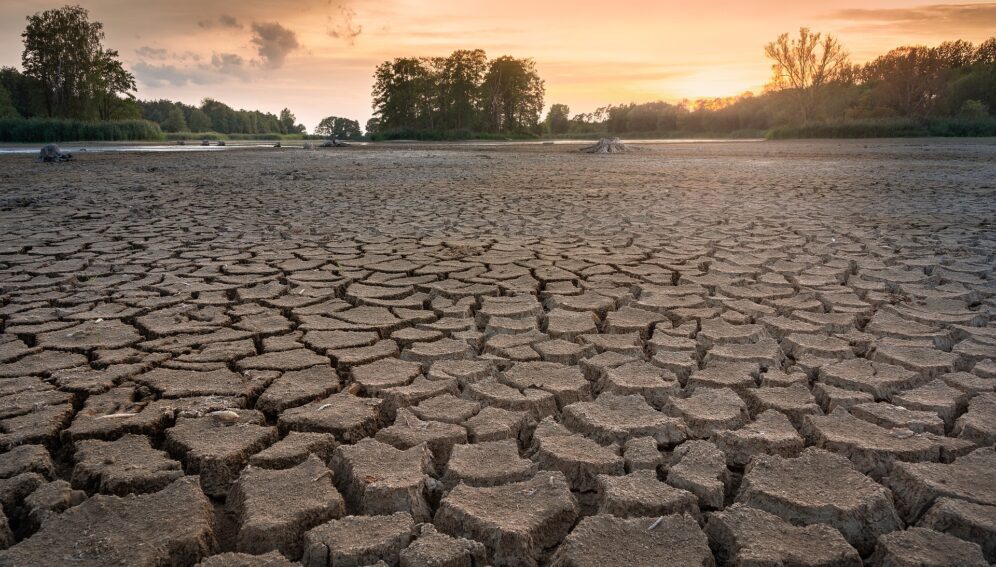17/03/22
El Niño-related climate change on the rise — study

By: Claudia Caruana
Send to a friend
The details you provide on this page will not be used to send unsolicited email, and will not be sold to a 3rd party. See privacy policy.
[NEW YORK] El Niño, an unusual warming of surface waters in the eastern tropical Pacific Ocean, is likely to increase in frequency by 2040, a new study predicts.
The study published this month in Nature Climate Change looked at the “time of emergence” of changes in the tropical Pacific using climate models. It considered four possible scenarios for future carbon emissions and found increased risk of El Niño events in all four.
Lead author, Jun Ying, a scientist at the Second Institute of Oceanography, Ministry of Natural Resources in China and the University of Exeter, UK believes that this means El Niño events and associated climate extremes are now more likely “regardless of any significant mitigation actions” to reduce emissions.
“We know when measuring El Niño changes in terms of rainfall shifts in the eastern equatorial Pacific, models predict an increase in the frequency of events,” says Ying. The study, he adds, “shows that those changes could happen after the next two decades”.
“As we know that the Asia Pacific region is severely affected by ENSO events, our results show that the increased El Niño rainfall variability could be unavoidable and could be emergent in the next 20 years”
Jun Ying, Second Institute of Oceanography and the University of Exeter
Earlier, many scientists focused on how the tropical Pacific will respond to global warming, says Ying.
“The level of global warming doesn’t really matter,” says Matthew Collins, study co-author and professor at the University of Exeter, a part of the Global Systems Institute. “We see changes because some regions of the ocean warm more than others, regardless of the total warming.”
Collins notes that what the team found surprising was that changes emerge regardless of the scenario.
“Because rainfall in the tropics is associated with the warmest sea surface temperatures (SSTs), it is the relative changes in SST that are more important than the absolute change,” he says. “This leads us to the rather stark conclusion that these changes are essentially unavoidable.”
“As we know that the Asia Pacific region is severely affected by ENSO events, our results show that the increased El Niño rainfall variability could be unavoidable and could be emergent in the next 20 years. Thus, learning and improving the prediction of El Niño events could be an efficient way to reduce potential risk,” Ying emphasises.
ENSO or El Niño-Southern Oscillation is a recurring climate pattern involving changes in the temperature of waters in the central and eastern tropical Pacific Ocean.
Collins says: “We knew that models project an increase in the frequency of El Niño events, and we wanted to quantify when that change would be detectable.”
He adds: “El Niño strongly impacts countries in South and South-East Asia, generally producing warm and dry conditions leading to droughts and wildfires. We need to closely monitor what is happening to the climate in the region, in order to verify our projections.”
Shang-ping Xie, a professor of climate science at the University of California, San Diego, tells SciDev.Net that El Niño refers to anomalous warming of the equatorial Pacific, during which raining deep clouds shift eastward from Indonesia. “Such rainfall anomalies (deviations from the normal) are a more direct driver of atmospheric circulation than ocean temperatures.”
The study shows statistically that El Niño will become more intense as climate warms, and this warming-induced change in El Nino rainfall will be detected around 2040 — 30 years earlier than El Niño ocean temperatures, says Xie. “This is because the eastern equatorial Pacific warms faster than the rest of the tropics, making rainfall more sensitive to the same ocean temperature perturbations of El Niño.”
During El Niño, Xie says, “India suffers rainfall deficit”, while in post-El Niño summers China faces, “risks of heavy rainfall and flooding rise in the Yangtze River basin”.
This piece was produced by SciDev.Net’s Asia & Pacific desk.















